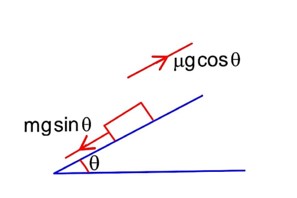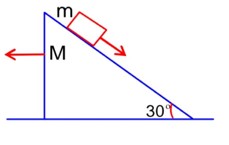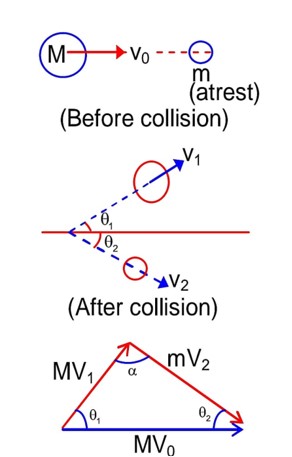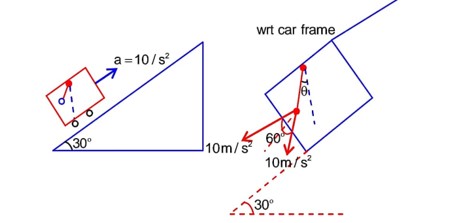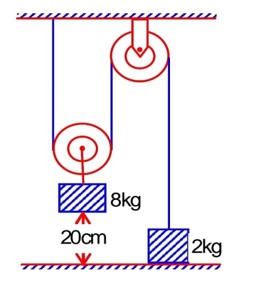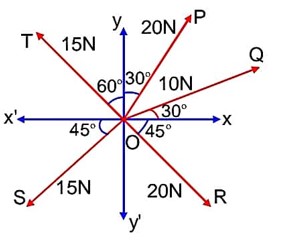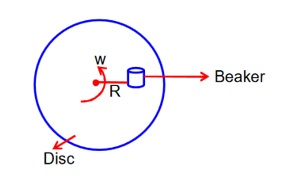Physics Laws of Motion
Get insights from 189 questions on Physics Laws of Motion, answered by students, alumni, and experts. You may also ask and answer any question you like about Physics Laws of Motion
Follow Ask QuestionQuestions
Discussions
Active Users
Followers
New answer posted
3 months agoContributor-Level 10
As per Galileo's Law of Inertia, objects in motion have a natural tendency to stay in motion. This property is called inertia. But, they stop moving as there are external forces. Now, we should know that friction is a type of force. It acts in parallel and opposes motion when two surfaces are in contact. Then we have air resistance, which is a type of friction that acts on objects as they move through the air.
In an ideal scenario, as Galileo and Newton would have proved through their observations and mathematical enquiries, there will be no friction or air resistance. Then an object in motion would continue to move indefinitely in
New answer posted
3 months agoContributor-Level 10
Suppose acceleration of wedge is a and acceleration of block w. r.t. wedge is a1 then N cos60° = Ma = 16 a -> N = 32 a
For block w.r.t. wedge
N + 8a sin 30° = 8g cos 30°
N = 8g cos 30° - 8a sin 30°
->32a = 8g cos 30° - 8a sin 30°
->a =
Now for 8 kg,
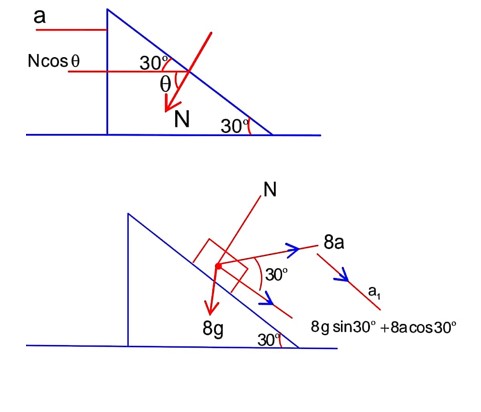
New answer posted
3 months agoNew answer posted
3 months agoNew answer posted
3 months agoContributor-Level 10
For 8 kg block,
8g – 2T = 8a . (i)
For 2kg block,
T – 2g = 2 * 2a . (ii)
Solving equations (i) and (ii),
Taking an Exam? Selecting a College?
Get authentic answers from experts, students and alumni that you won't find anywhere else
Sign Up on ShikshaOn Shiksha, get access to
- 65k Colleges
- 1.2k Exams
- 679k Reviews
- 1800k Answers

